#aepyornis gracilis
Explore tagged Tumblr posts
Text


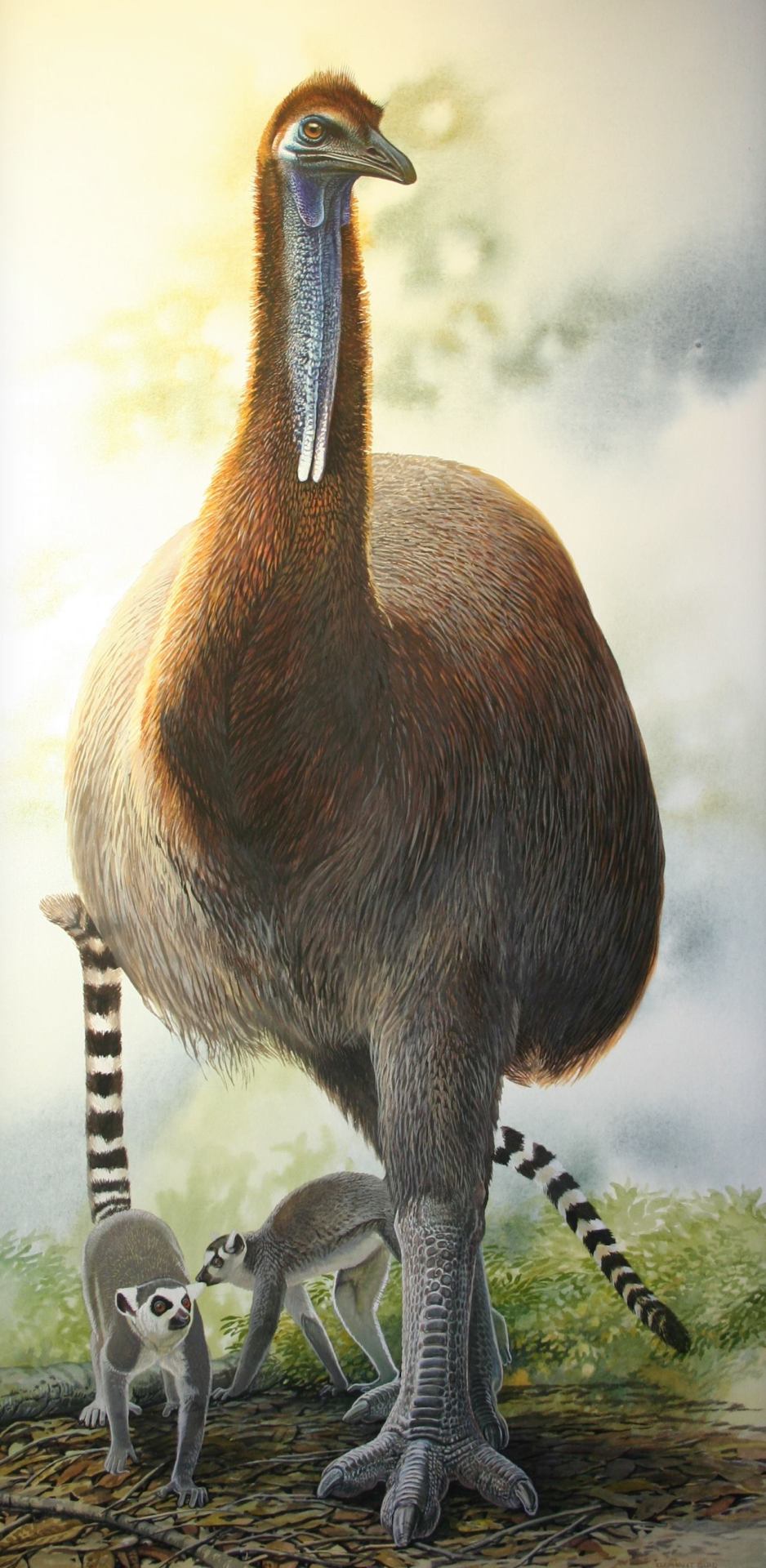

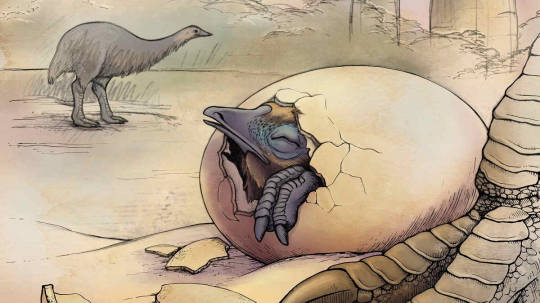

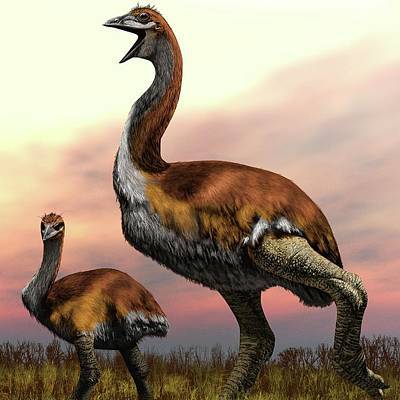
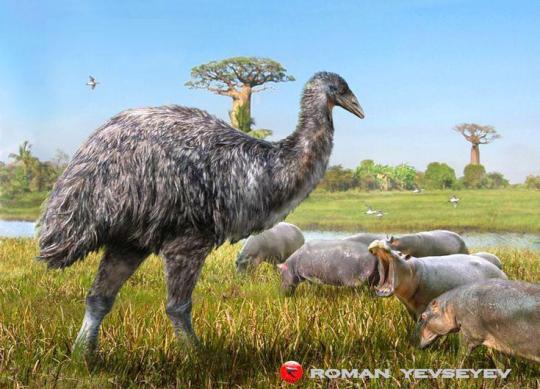
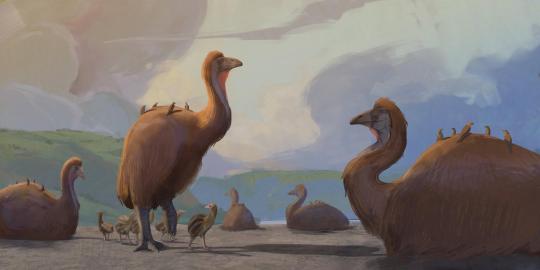
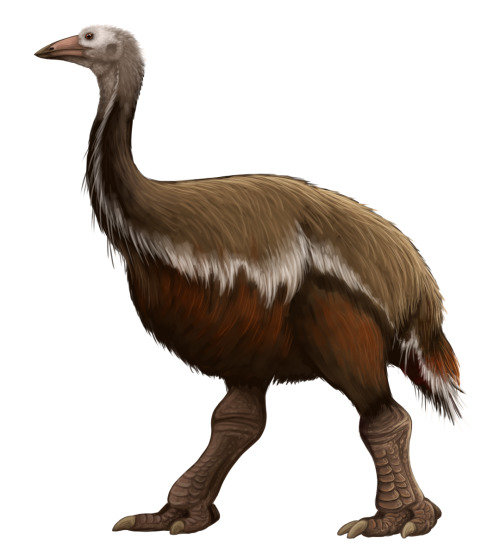

Aepynornis is an extinct genus of elephant bird which was endemic to the island of Madagascar, Aepyornis first split from its elephant bird relative the Genyornis during the Oligocene epoch some 27 million years ago and existed well into the Holocene until around just 1,000 years ago. The first remains of Aepyornis to be scientifically described were actually several partial eggs found in the mid 1800s which were found and studied before any physical remains of the birds themselves. With the type species Aepyornis maximus being established in 1851. The number of species of aepyornis has varied over the years and has been up for debate with some establishing that there are 4 species A. hildebrandti, A. gracilis, A. medius and A. maximus, or that there is only 1 species A. maximus, or that there are 2 species A. hildebrandti and A. maximus. Recently a species Aepyornis titan was placed in the separate genus Vorombe by Hansford and Turvey in 2018, however even more recent genetic testing shows that Vorombe titan to just have been a particularly large population of aepyornis maximus. With the smaller species being roughly 6.6ft (2m) tall and 520lbs (235kg) while the largest individuals reached upwards of 10ft (3m) tall and 2,200lbs (1,000kg) Aepyornis were amongst if not the largest true birds to ever live. They had heads which bore a straight, thick conical beak, long necks, and large rounded bodies with completely vestigial wings and massive robust hind legs. Studies have shown that aepyornis would have sported fairly weak eyesight but an exceptional sense of smell indicating that they may have been primarily nocturnal like there closest living relatives the kiwis of New Zealand. These giants would have dwelled in the forests of Madagascar and fed upon various fruits, leaves, twigs, bark, nuts, shrubs, and grasses fulfilling the niche of megafaunal browser and mixed feeder which is fulfilled by elephants, giraffes, bovids, and cervids on other landmasses.
Art can be found at the following links:
#pleistocene#pleistocene pride#pliestocene pride#pliestocene#ice age#bird#cenozoic#elephant bird#aepyornis#vorambe#madagascar
3 notes
·
View notes
Text
Aepyornis

By Scott Reid on @drawingwithdinosaurs
PLEASE SUPPORT US ON PATREON. EACH and EVERY DONATION helps to keep this blog running! Any amount, even ONE DOLLAR is APPRECIATED! IF YOU ENJOY THIS CONTENT, please CONSIDER DONATING!
Name: Aepyornis
Status: Extinct
First Described: 1851
Described By: I. Geoffroy Saint-Hilaire
Classification: Dinosauria, Theropoda, Neotheropoda, Averostra, Tetanurae, Orionides, Avetheropoda, Coelurosauria, Tyrannoraptora, Maniraptoriformes, Maniraptora, Pennaraptora, Paraves, Eumaniraptora, Averaptora, Avialae, Euavialae, Avebrevicauda, Pygostylia, Ornithothoraces, Euornithes, Ornithuromorpha, Ornithurae, Neornithes, Palaeognathae, Notopalaeognathae, Novaeratitae, Apterygiformes + Aepyornithihformes Clade, Aepyornithiformes, Aepyornithidae
Referred Species: A. gracilis, A. hildebrandti, A. maximus, A. medius
And now on to the Elephant Birds! Aepyornis is the larger of the two genera of elephant birds, and the largest bird in the world until it went extinct about 1,000 years ago. These birds lived entirely in Madagascar, and lived there throughout the Holocene, so from 12,000 years ago to 1,000 years ago. Genetically - so with analyses of ancient DNA still present in Aepyornis remains - it is most closely related to modern Kiwi, indicating that a flighted ancestor of both diverged into a group that reached Madagascar, and another group that reached New Zealand, and both evolved flightlessness independently. It is thought to have been about 3 meters tall and weighing up to 400 kilograms. Its eggs had circumferences of up to over 1 meter - 160 times greater than chicken eggs.

By Matt Martyniuk, CC BY-SA 3.0
Aepyornis (purple) is shown here alongside other dinosaurs such as the modern Ostrich (red), which it is significantly larger than, the extinct raptor Utahraptor (green) which it is about the same size as, the extinct raptor Deinonychus (blue) which it is much much larger than, and the chickenparrot Gigantoraptor (orange) which is significantly larger than the Elephant Bird. Subfossils of this genus are found throughout Madagascar, though it is uncertain whether or not they lived in rainforests (like a scaled-up cassowary) or in grasslands (like a scaled up rhea), though they had small wings and as such probably weren’t fast runners, instead were slow moving birds with strong, stout legs. Eggs are occasionally found in the fossil record, and they’re the largest bird eggs known. They seem to have mainly eaten coastal wetland plants, though very little is known about their life habits.

By José Carlos Cortés on @quetzalcuetzpalin-art
Aepyornis probably died out due to human activity. They were widespread on the island, but they began to be more and more restricted in range during the time of human settlement. Evidence exists that human families would use their large eggs for food. It is difficult to tell exactly when they went extinct, but it seems to have been about 1000 years ago. They may have also caught diseases from the domesticated birds humans brought with them for food.
Sources:
http://fossilworks.org/?a=taxonInfo&taxon_no=39293
https://en.wikipedia.org/wiki/Aepyornis
Mayr, G. 2017. Avian Evolution: The Fossil Record of Birds and its Paleobiological Significance. Topics in Paleobiology, Wiley Blackwell. West Sussex.
#elephant bird#aepyornis#bird#dinosaur#birblr#palaeoblr#ratite#palaeognath#aepyornis gracilis#aepyornis hildebrandti#aepyornis maximus#aepyornis medius#paleontology#prehistory#prehistoric life#dinosaurs#biology#a dinosaur a day#a-dinosaur-a-day#dinosaur of the day#dinosaur-of-the-day#science#nature#factfile#Dìneasar#דינוזאור#डायनासोर#ديناصور#ডাইনোসর#risaeðla
235 notes
·
View notes